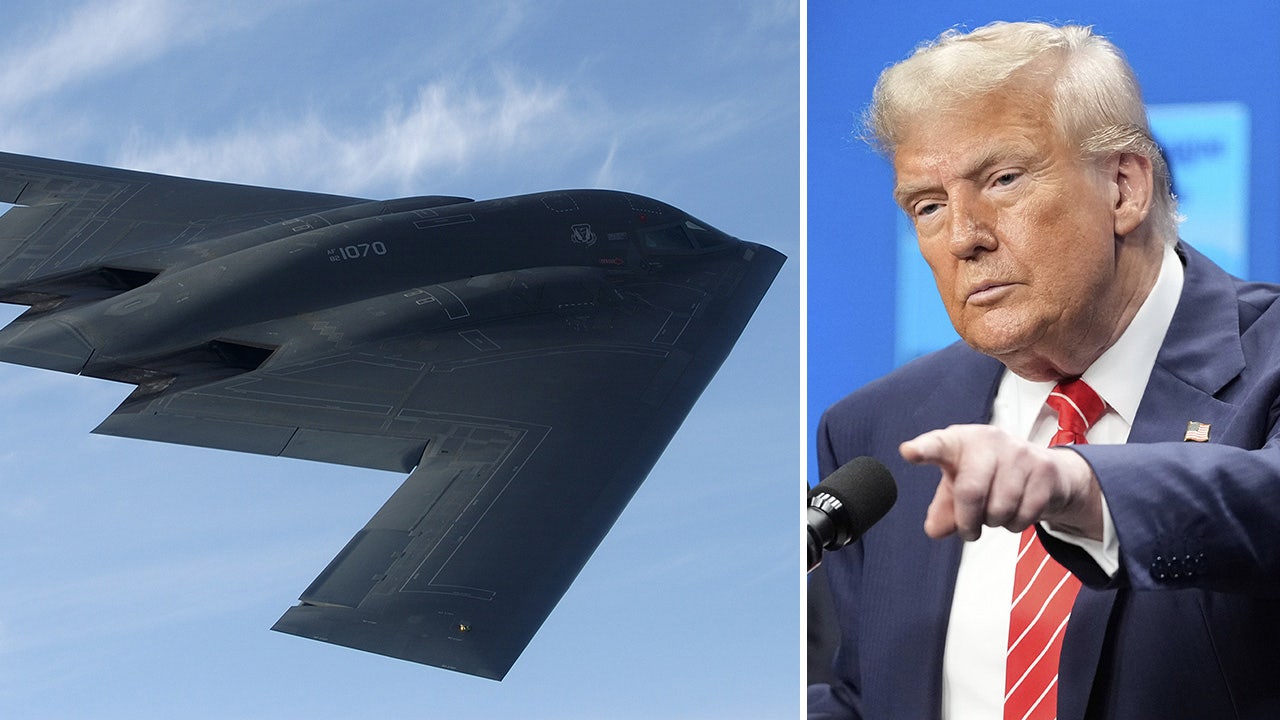The economic situation in debt-stricken Sri Lanka has started to gradually improve following its worst economic crisis two years ago, the International Monetary Fund said Thursday.
The country’s inflation has come down from a peak of 70% in 2022 to 5.9% last month and its economy expanded in the second half of last year following a year and a half of contraction, the IMF said.
Sri Lanka’s year-on-year economic expansion in the third quarter of 2023 was 1.6% and in the fourth quarter 4.5%, the IMF said.
IMF TO MEET WITH PAKISTANI GOVERNMENT, ASSESS BILLION-DOLLAR BAILOUT ELIGIBILITY
Sri Lanka plunged into its worst economic crisis in early 2022, suffering severe shortages of food, medicine, fuel and power, drawing strident protests that led to the ouster of then-President Gotabaya Rajapaksa.
The Indian Ocean nation declared bankruptcy in April 2022 with more than $83 billion in debt — more than half of it to foreign creditors.
Sri Lanka turned to the IMF for help to rescue the economy and secured a bailout package last year. Under the current four-year bailout program, the IMF is to disburse $2.9 billion in tranches after biannual reviews of whether the country is imposing needed economic reforms.
The country has received two payments so far, and also has receiving promises of debt forgiveness from major creditors like India, Japan and China. The government also is in talks with private creditors.
On Wednesday, the IMF said that a team of its officials had reached an agreement with Sri Lankan authorities on the second review of economic reforms. Once the agreement is approved by the IMF executive board, Sri Lanka would have access to the latest tranche of $337 million, for a total so far of about $1 billion.
In July 2022, then-Prime Minister Ranil Wickremesinghe was appointed as president. Since then, he has managed to restore electricity, and shortages of essentials have largely abated. Sri Lanka’s currency has strengthened, and interest rates have fallen to around 10 percent.
However, Wickremesinghe faces public anger over heavy taxes and the high cost of living. Despite improving economic indicators and an easing of the worst shortages, Sri Lankans have lost buying power due to high taxes and currency devaluation. Unemployment remains high, as industries that collapsed at the height of the crisis have not yet come back.
Read the full article here













